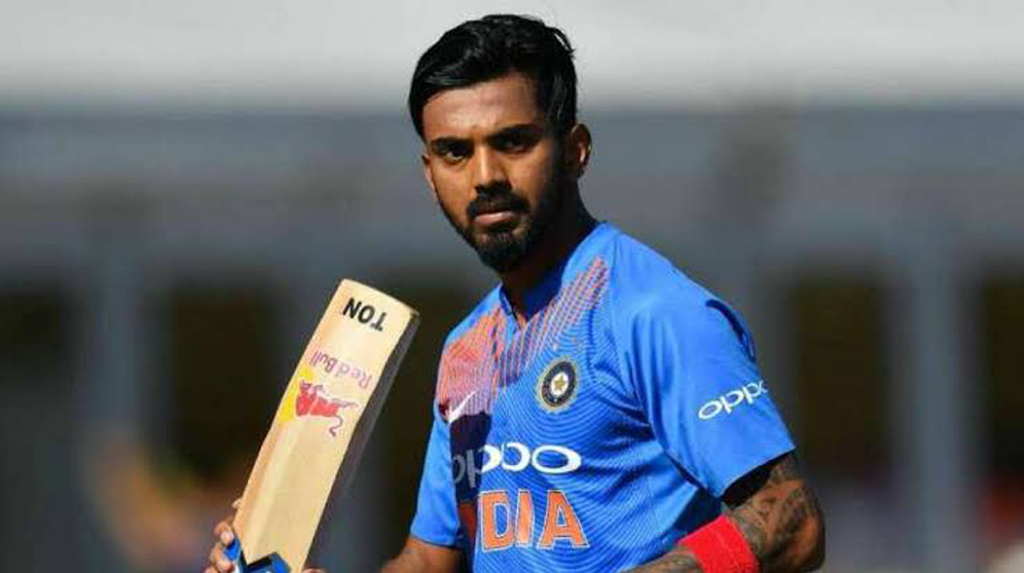With rate of school drop-out among girls high in North East, leading to increased number of child marriages, high Maternal Mortality Rate (MMR) and allied issues, a fund is being initiated for the region to help girl child complete her education and thus, reduce early marriage and associated issues.
The Centre for Catalyising Change (C3), a New Delhi-based NGO, launched this special fund for organisations working in NE region, naming it the ‘Stay in School’ Social Impact Fund for Adolescent Girls in Northeast India.
The fund will aim to stop girls from dropping out of school and reduce the rate of early marriages in these states, with artists like Monisha Hazarika and Zublee Baruah, along with leading social activists, media owner and journalists lending their support to the cause.
C3, launching the fund here last evening, also released a policy brief prepared after collating data from a number of sources to offer a complete picture of the position of adolescent girls in NE.
As per the report, in 2015-16, school drop-out rates of girls in secondary school has increased in almost all the NE states, only Assam has seen a slight dip from 32% to 29%.
In India, about 27% of 20-24 year old women are married before the age of 18 years; 8% of girls aged 15-19 were already pregnant or mothers. In Assam, 31% and in Tripura, 33% of the women between 20-24 years of age got married before reaching 18 years; 14% of 15-19 year-old girls in Assam were pregnant or already mothers. In Tripura, this figure was 19%.
Further, in a report by National Commission of Child Rights, a comparison of child marriages amongst girls aged 15-19 showed Assam at 16.7% and Tripura at 21.6%, which are higher than the national average of 11.9%.
In Assam, the MMR stands at 237 (a rate of 16.2%), which is higher than the national average of MMR at 130 (8.8%).
Moreover, Mizoram and Manipur have some of the highest teenage pregnancy rates in the country at 61% and 53%, respectively.
The report further revealed that there is a lack of appropriate support for girls at school, both in terms of infrastructure and access to resources.
In Arunachal Pradesh, only 46% girl’s toilets in schools are functional, which is much lower than the national average of 75%.
In Meghalaya, only 59% of schools have access to safe drinking water, which is again lower than the national average (95%).
Releasing the report and launching the fund, Aparajita Gogoi, Executive Director of C3, said, “All stakeholders together must design and deliver a cohesive 360-degree strategy which focuses on ensuring access to safe, affordable and good quality secondary education and prevention of early marriages by influencing public opinion and stricter enforcement of existing laws.”
“Experience also shows that unless everyone works together, with a single messaging, differing political or mission priorities may lead to diffusion of efforts. At Centre for Catalyzing Change, we aim to address these issues holistically,” she added.
She further said, “Experiences and data suggests that women here enjoy a better social status than their counterparts in the rest of India – they have a more equal space in society. It is important to introduce approaches that build on the existing strengths of these states.”
Delving into some of the key reasons fro this state-of-affairs, Gogoi said, “A combination of factors – ranging from extremely narrow and outdated social perceptions of what a girl’s role should be, to families being too poor to afford education, has been responsible for this.”
She outlined a 10-point ‘call to action’ put forth by C3, which includes demands for a cohesive 360-degree strategy that would focus on ensuring access to safe, affordable and good quality secondary education; empowerment of women and girls; engagement with men and boys; incentivizing change; advocacy at all levels; and influencing public opinion to promote behaviour change.
She urged influencers, thought leaders and donors to identify new methodologies that community-based organizations can adopt and implement to ensure that barriers to girls’ education are addressed.
The solutions will be documented, and will provide learnings for the government, CSOs and philanthropists to replicate, adapt and scale interventions to improve the lives of adolescent girls, Gogoi said.
She further said C3 plans to shortlist organizations for based on their strategies and abilities to address issues like mobility, safety, providing skill building and livelihood opportunities or any other concept that addresses the outcome of completing school education and preventing early child marriage for enlisting as beneficiaries for the fund.
Artists, journalists come together to support girl child’s education



